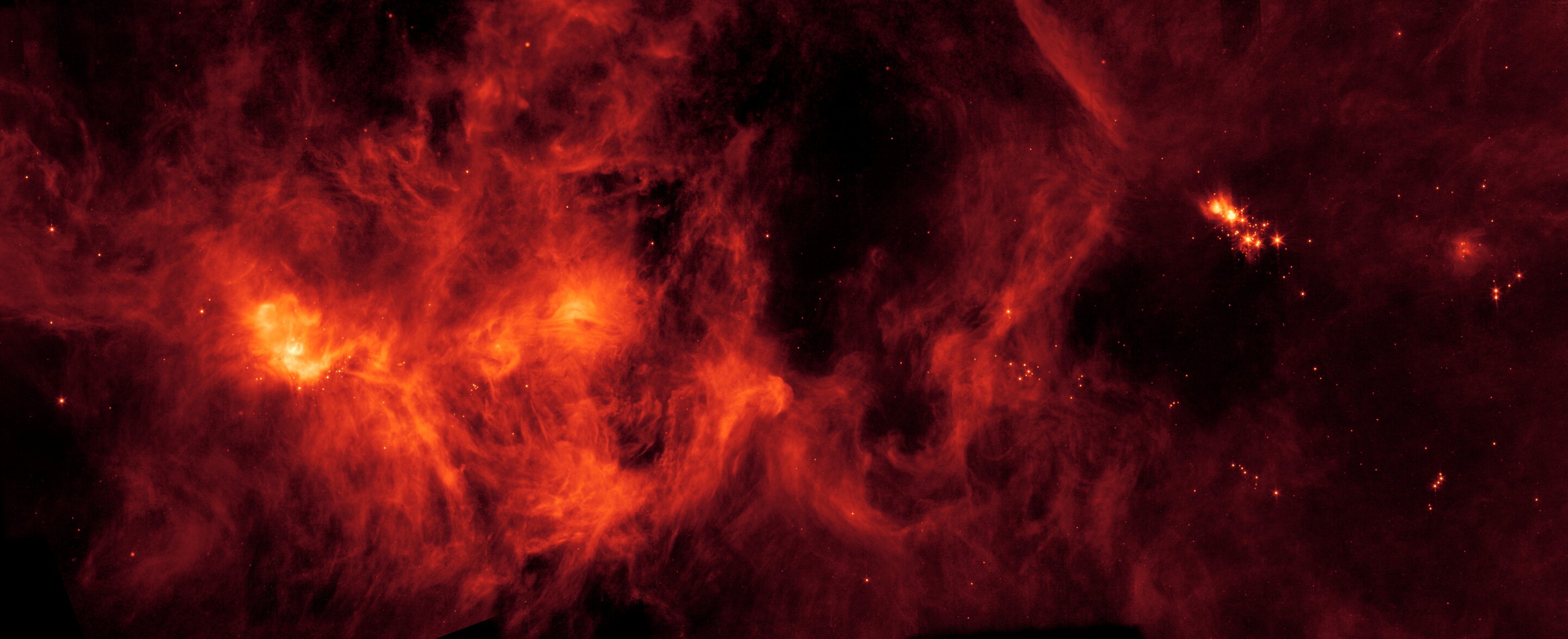
This image from NASA’s Spitzer Space Telescope shows the Perseus Molecular Cloud, a massive collection of gas and dust that stretches over 500 light-years across. Home to an abundance of young stars, it has drawn the attention of astronomers for decades.
Spitzer’s Multiband Imaging Photometer (MIPS) instrument took this image during Spitzer’s “cold mission,” which ran from the spacecraft’s launch in 2003 until 2009, when the space telescope exhausted its supply of liquid helium coolant. (This marked the beginning of Spitzer’s “warm mission...
Read More







Recent Comments